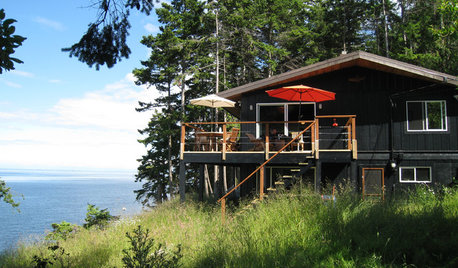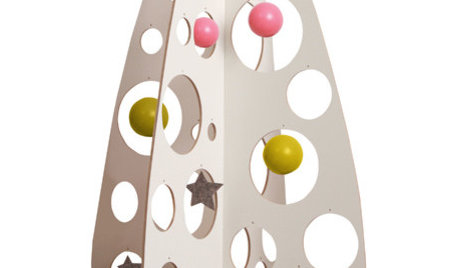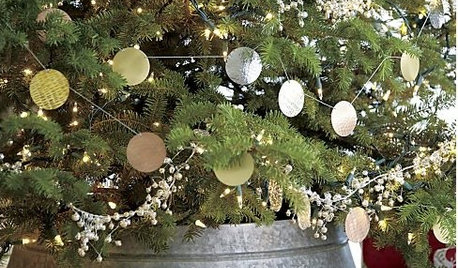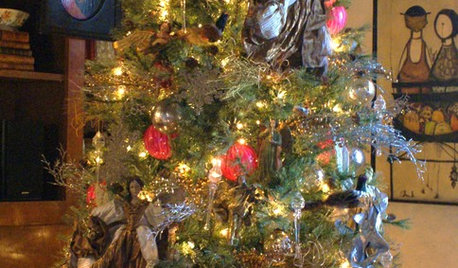MM111 rootstock and 3 trees in one hole?
appletree729
10 years ago
Related Stories

FARM YOUR YARDIf You Have Room for Only One Fruit Tree ...
Juice up a small garden with one of these easier-care or worth-the-effort fruit trees for a mild climate
Full Story
EDIBLE GARDENSHow to Add an Apple Tree to Your Edible Garden
Readily available, beautiful and fragrant, apple trees offer four-season interest along with crisp, juicy fruit
Full Story
HOUSEPLANTSOne Pot, One Big Shot of the Tropics
Give your rooms exotic flair in a single stroke. Tall Kentia palm fits the tropical bill beautifully
Full Story
REMODELING GUIDESLove the One You're With: Honoring a Home's Original Charm
Before you jump into teardown mode, consider these 3 examples of homes whose quirkiness is a draw
Full Story
GARDENING GUIDESWhen and How to Plant a Tree, and Why You Should
Trees add beauty while benefiting the environment. Learn the right way to plant one
Full Story
Guest Picks: Quirky Christmas Trees
Take a break from the traditional tannenbaum and opt instead for one of these Christmas tree originals
Full Story
PRODUCT PICKSGuest Picks: Cool Alternatives to Christmas Tree Skirts
Give your tree a fashionable new outfit for Christmas this year with one of these collars, cuffs, baskets or buckets
Full Story
HOLIDAYSChristmas Tree Decorating the Painless Way
Holidays are for carols, not cussing. Make tree trimming less work and more fun with this guide at your side
Full Story
REMODELING GUIDESOne Guy Found a $175,000 Comic in His Wall. What Has Your Home Hidden?
Have you found a treasure, large or small, when remodeling your house? We want to see it!
Full Story
FARM YOUR YARDHouzz Call: Show Us Your One-of-a-Kind Chicken Coops
Do you have a fun or stylish backyard shelter for your feathered friends? Post your pictures and stories in the Comments!
Full StoryMore Discussions






appletree729Original Author
rayrose
Related Professionals
New Bedford Landscape Architects & Landscape Designers · Citrus Heights Landscape Architects & Landscape Designers · Oatfield Landscape Architects & Landscape Designers · Saint Charles Landscape Architects & Landscape Designers · Washington Landscape Architects & Landscape Designers · Anderson Landscape Contractors · Conroe Landscape Contractors · Desert Hot Springs Landscape Contractors · El Mirage Landscape Contractors · Las Vegas Landscape Contractors · Mastic Beach Landscape Contractors · Milford Landscape Contractors · National City Landscape Contractors · Newberg Landscape Contractors · Clearfield Landscape Contractorsfruitnut Z7 4500ft SW TX
appletree729Original Author
Ernie
Scott F Smith
appletree729Original Author
mes111
fruitnut Z7 4500ft SW TX
appletree729Original Author
MrClint
Scott F Smith
fruitnut Z7 4500ft SW TX
alan haigh
MrClint
Scott F Smith
fruitnut Z7 4500ft SW TX
happyskunk
alan haigh
alan haigh
Scott F Smith
drew51 SE MI Z5b/6a
alan haigh
bob_z6
alan haigh
appletree729Original Author